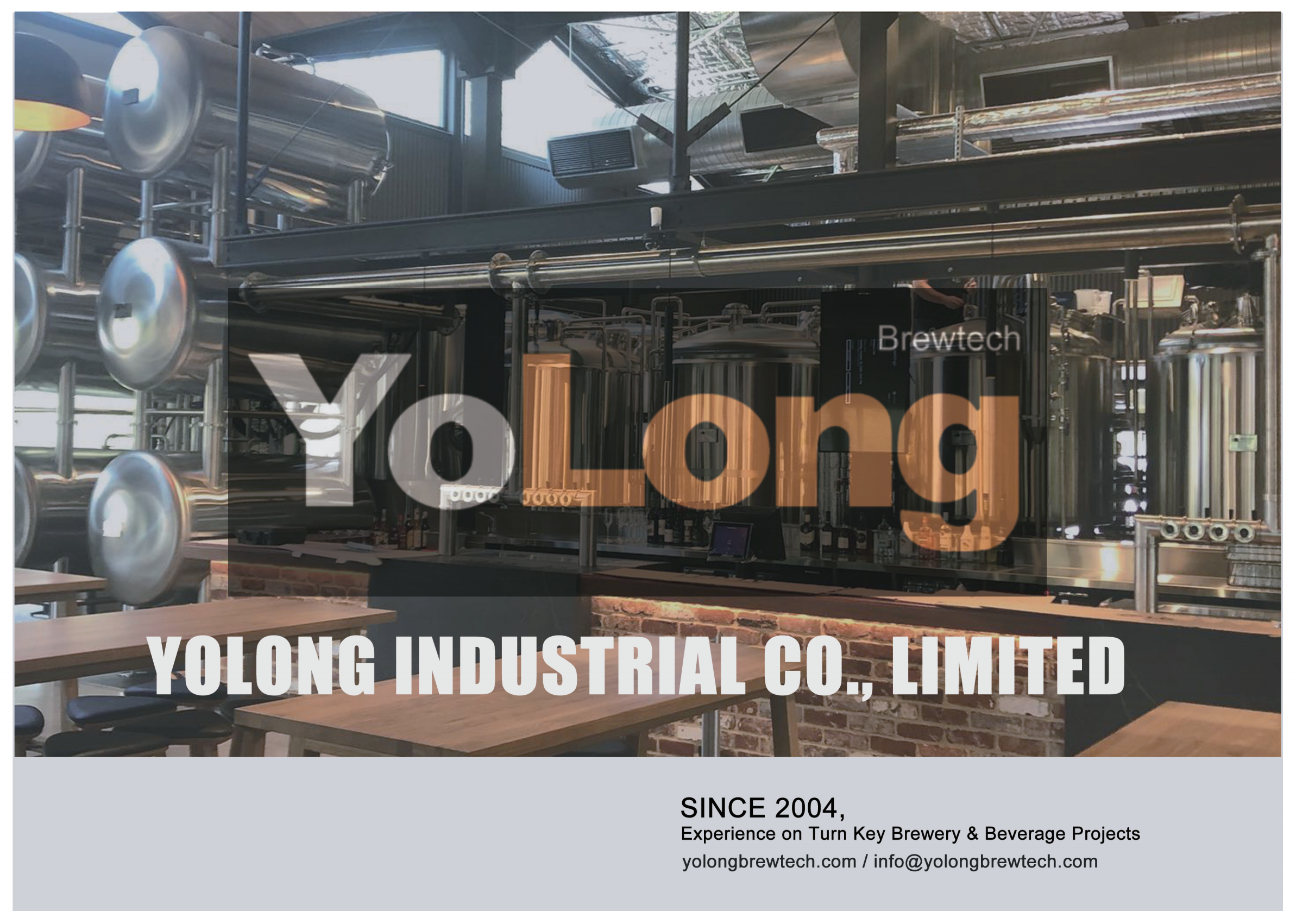How to Choose the Right Brewery Fermenter
Understand the Types of Brewery Fermenters
Let’s start by clearing the foam from the glass: not all fermenters are built the same. There are various types tailored for different brewing scales and styles. Your choice of fermenter can drastically impact your beer’s flavor, clarity, and shelf life. At the core, we have two broad categories: open fermenters and closed fermenters.
Open Fermenters are, as the name implies, open to the air. These are more traditional and are often seen in Belgian or German-style brewing. They’re great for certain yeast strains that thrive with oxygen exposure. But there’s a trade-off: higher contamination risk and the need for super clean conditions.
Closed Fermenters (also known as conical fermenters) are the go-to for modern breweries. They trap CO2, allow for pressure fermentation, and make it easier to harvest yeast. Most importantly, they offer better consistency and cleanliness.
You’ll also find unitanks (ferment and condition in one vessel) and brite tanks (used post-fermentation for clarifying and carbonating beer). If you’re starting out, conical fermenters give you versatility and control without needing separate tanks for every phase.
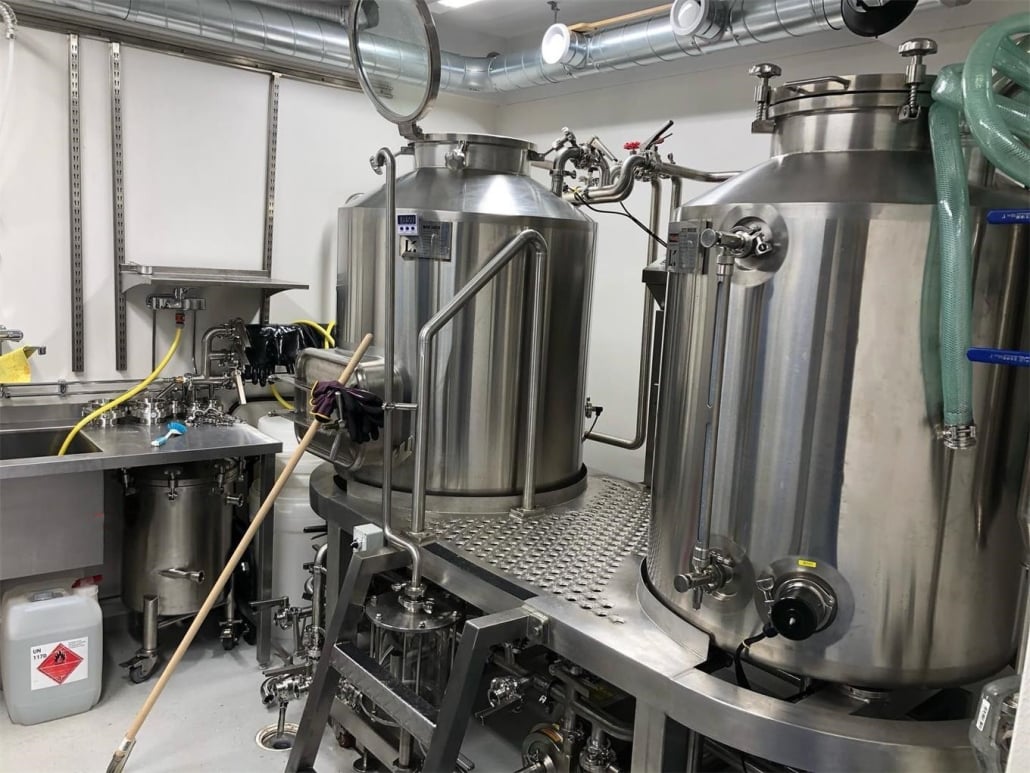
Consider Your Brewery Size and Production Volume
Not all breweries need 30-barrel fermenters. Your production volume and expansion plans should drive your fermenter choices. If you’re brewing 5-barrel batches and expect moderate growth, it might be smarter to invest in a few 7-barrel fermenters rather than a single huge one.
Think about turnover rate too. Faster fermentation cycles mean you can reuse the same tank more often. So two smaller tanks might be more efficient than one big one, depending on your schedule.
Also, factor in your available floor space, ceiling height, and workflow. Horizontal tanks might save vertical space but eat up floor area. Some breweries even go for custom shapes to optimize their layout. It all comes down to how you plan to move beer, people, and equipment around your brewhouse.
Material Matters: Stainless Steel vs Plastic vs Others
This one’s a hot debate in brewing forums. So let’s break it down:
Stainless Steel is the gold standard. It’s easy to sanitize, doesn’t retain odors, resists corrosion, and lasts for years. It’s not the cheapest option, but it’s definitely the most reliable. You’ll see grades like 304 and 316—the latter offers better corrosion resistance (especially important if you’re using acidic ingredients or cleaning agents).
Plastic fermenters (HDPE or PET) are lightweight and inexpensive. They’re a great starting point for homebrewers or nano breweries. But they scratch easily, degrade over time, and don’t handle pressure well. Don’t expect decades of service from them.
Glass fermenters look cool and don’t scratch, but they’re heavy, fragile, and impractical at scale. You’ll find them more in small-batch or pilot systems.
| Material | Durability | Sanitization Ease | Cost | Pressure Handling | Best For |
|---|---|---|---|---|---|
| Stainless Steel | Excellent | Excellent | High | Excellent | Commercial breweries |
| Plastic (HDPE/PET) | Moderate | Moderate | Low | Poor | Home or nano breweries |
| Glass | Low | Good | Medium | Poor | Small test batches |
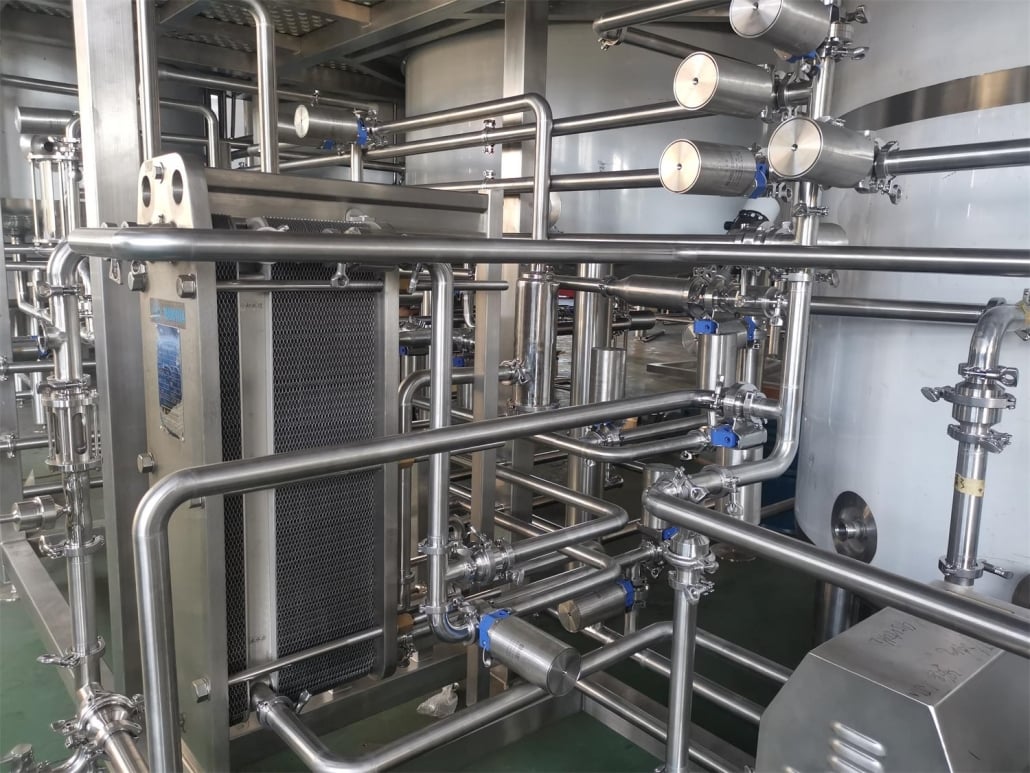
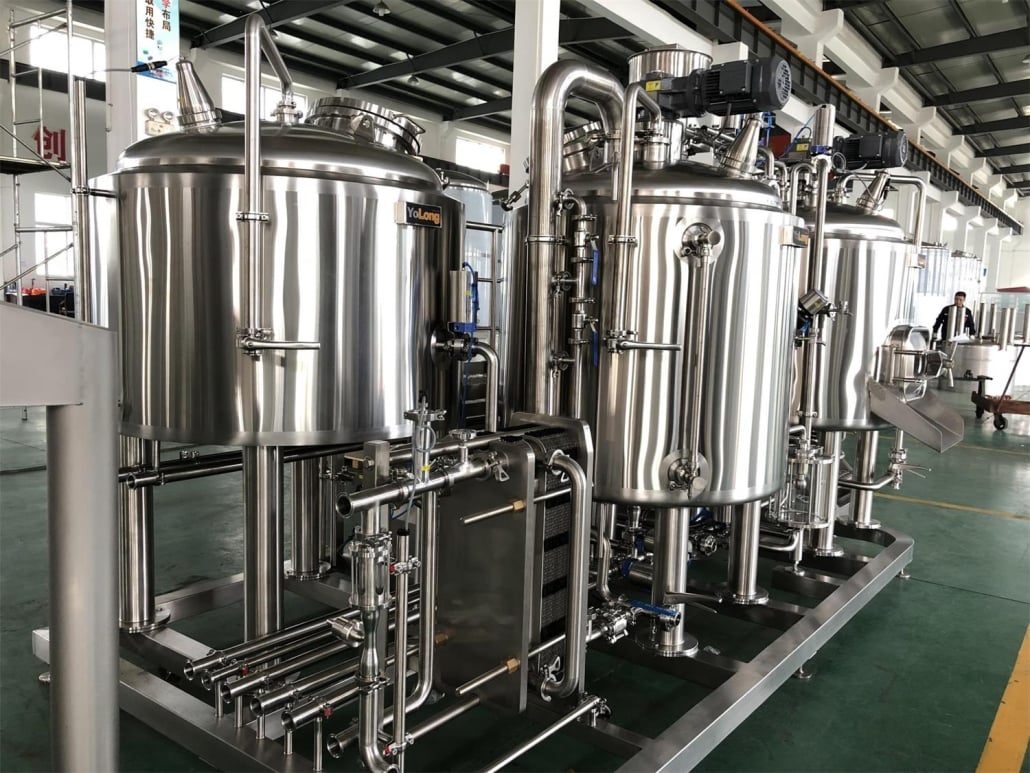
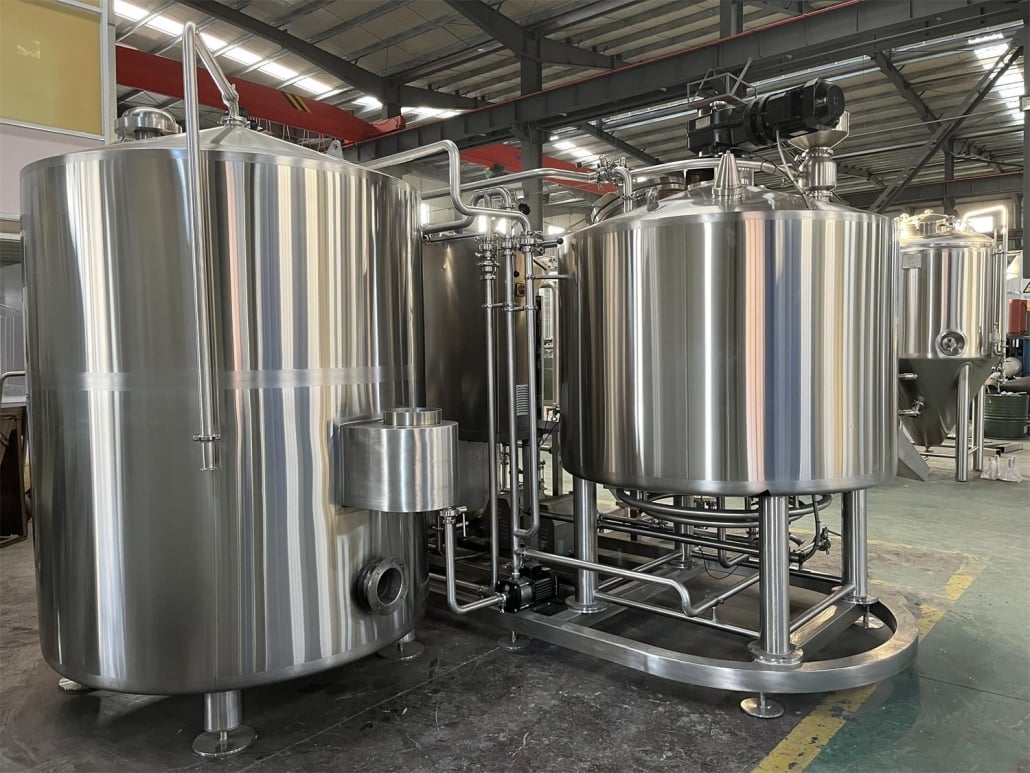
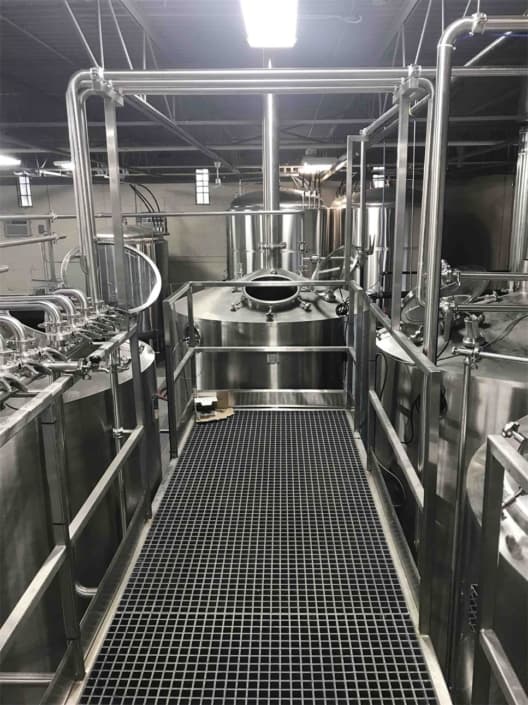
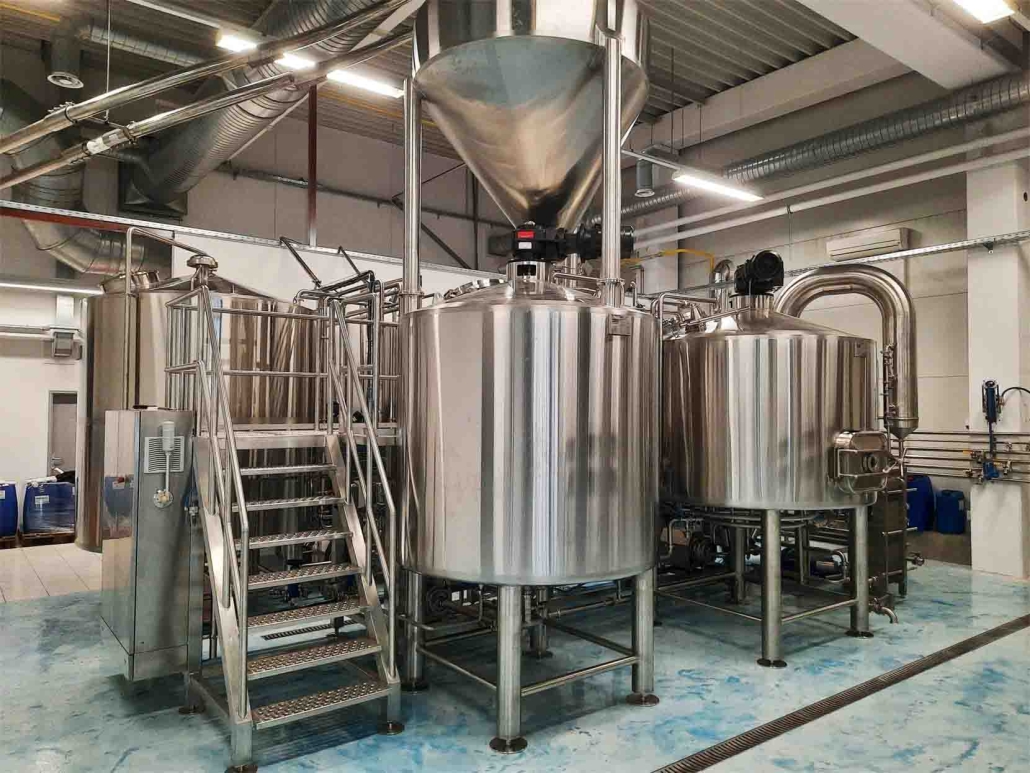
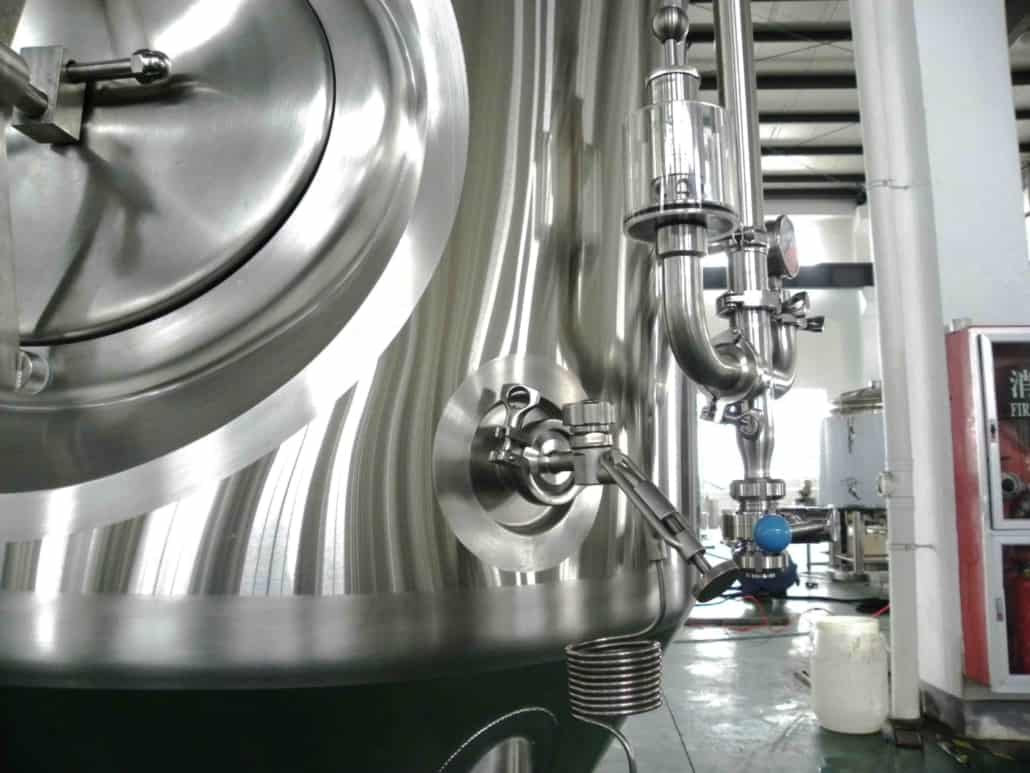
Fermentation Temperature Control Explained
Controlling fermentation temperature isn’t just a nice-to-have—it’s critical. Yeast is picky, and even a few degrees off can throw your entire beer profile out of whack. Here’s a look at your options:
| Temperature Control Method | How It Works | Advantages | Disadvantages | Best Suited For |
|---|---|---|---|---|
| Glycol Jacketed | Cold glycol flows through an external jacket | Precise control | Requires chiller system | Medium to large breweries |
| Immersion Coil | Coils inside the fermenter with circulating cold liquid | Budget-friendly | Less efficient at scale | Home to nano breweries |
| Ambient Room Control | Entire room temp is regulated | Simple setup | Not energy efficient | Consistent batch styles |
Without proper temperature control, fermentation could stall or produce unwanted esters. Want a clean lager? You’ll need consistent low temps. Brewing saisons? You might want to ferment warm to bring out spice notes. Either way, plan this in advance—don’t rely on luck or weather.
Cleaning and Maintenance of Brewery Fermenters
Fermenters can get funky. Cleaning and sanitizing aren’t glamorous, but they’re what separate good beer from drain pours. Conical fermenters simplify things by letting you dump trub and yeast from the cone. Stainless tanks often support CIP (Clean-In-Place) systems that automate the process using caustics, acids, and sanitizers.
Plastic fermenters? You’ll be scrubbing those manually, which adds time and risk. Scratches harbor bacteria, so even a clean-looking fermenter might harbor off-flavors.
Don’t skimp on this. Get tanks with spray balls, access ports, and good drainage angles. The best fermenter is one that’s easy to clean thoroughly, every time.
Budget and Long-Term Investment
Cost matters, especially when you’re bootstrapping. But there’s a difference between price and value. A $500 plastic fermenter might last a few years, while a $3,000 stainless conical could run for decades with minimal upkeep.
| Fermenter Type | Initial Cost | Lifespan | Resale Value | Maintenance Cost | Value Over Time |
|---|---|---|---|---|---|
| Plastic (HDPE/PET) | Low | 1-5 years | Low | Medium | Low |
| Stainless Conical | High | 10-20+ years | High | Low | High |
| Glass Carboy | Medium | 1-3 years | Low | High (breakage risk) | Low |
Invest in what you won’t need to replace every few batches. Look for equipment that grows with you—not gear you’ll outgrow in a year.
Certifications and Compliance You Should Know
If you’re selling your beer, regulatory compliance is non-negotiable. Look for fermenters that are ASME-certified for pressure use, FDA-approved for materials in contact with consumables, and possibly CE-certified if you’re importing into Europe.
Health inspectors and auditors will want documentation. Ensure the manufacturer provides weld traceability, sanitary certifications, and operating manuals. Non-compliance can delay openings, shut down your line, or even get you fined.
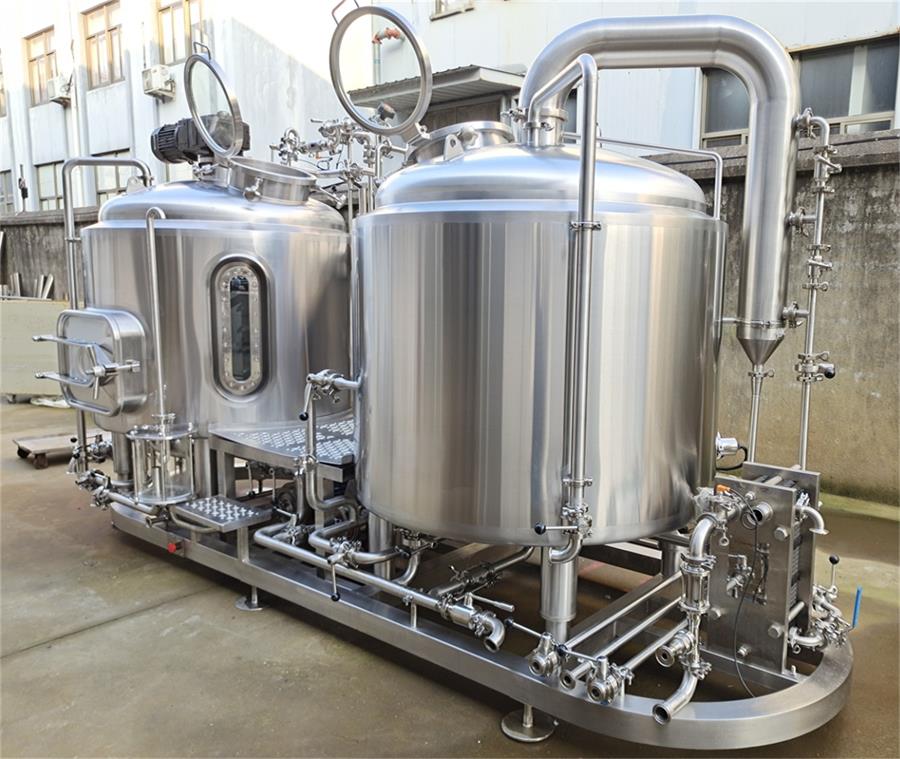
Customization and Manufacturer Support
What if you need extra ports? Or custom racking arms? Or a tank shaped to fit under a low ceiling? Good manufacturers work with you to tailor your fermenter setup.
Support matters, too. Will they answer your tech questions in a pinch? Do they stock replacement gaskets and valves? Look for companies with strong reputations, solid warranties, and visible service support.
Online reviews, trade show reps, and peer referrals can tell you a lot. Don’t just go by the spec sheet—ask real brewers how the gear performs in the trenches.
FAQs
| Question | Answer |
|---|---|
| What size fermenter do I need for a 5-barrel system? | At least 7 barrels to allow for krausen and headspace during fermentation. |
| Can I use plastic fermenters for commercial brewing? | Yes, but only at nano or test batch scales. They lack durability and pressure handling for larger operations. |
| How do I sanitize a stainless steel fermenter? | Use a CIP system with caustic cleaner, acid rinse, and no-rinse sanitizer. Always follow manufacturer instructions. |
| Are glycol systems necessary? | For consistent fermentation, yes. Especially for lagers and in warmer climates. |
| What’s the difference between a fermenter and a brite tank? | Fermenters are for primary fermentation. Brite tanks are used for conditioning, carbonation, and clarification. |
| Do I need pressure-rated fermenters? | If you’re doing pressure fermentation or closed transfers, absolutely. Look for tanks rated to at least 15 psi. |
Share this entry
Interested in learning more about Brewing Systems including additional details and pricing information? Please use the form below to contact us!
YOLONG BREWERY EQUIPMENT FAQS
- Commercial Brewery / Craft Brewery / Microbrewery / Nanobrewery
- What is The Difference Between Craft Beer and Industrial Beer?
- The Bespoke Differences In Custom Brewing Systems
- Everything You Need to Know About Kettle Souring
- How to Choose Brewing Equipment for Your business?
- How To Choose The-Best Partner To Build Your Commercial Microbrewing System?
- Two Detection Sensors That You Need To Use In Your Brewhouse System
- Remote Control Applications in Brewing Equipment/How does it work?
- How To Clean Your Brand New Brewery Tanks?

